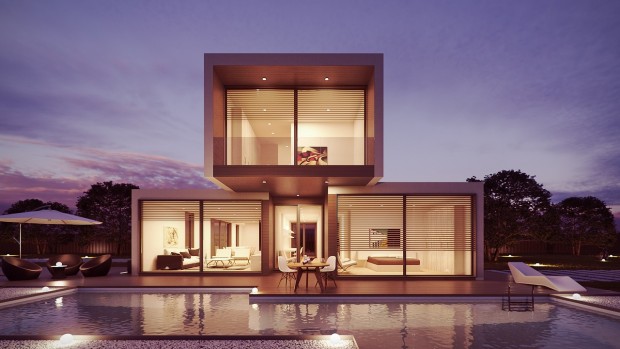Modular construction is revolutionizing architectural aid by offering innovative solutions to construction challenges such as housing affordability.
By streamlining the construction process and leveraging prefabricated components, modular construction enhances architectural flexibility and accelerates project timelines.

(Photo : Pixabay/giovanni gargiulo)
What is Modular Construction?
Modular construction involves building a structure in a controlled environment away from the site. This process ensures the building is built to the exact specifications and standards as conventionally constructed facilities, utilizing only about half the required time. Moreover, the modular design can be created using lean production methods due to the offshore construction being employed. To make a variety of combinations, these modular modules can be stacked upon one another or positioned end-to-end.
On-site inter-module connections, also known as inter-connections, are utilized to bring together individual pieces of the modular construction process. High-quality control is ensured by constructing permanent modular structures, including prefabricated dwellings, to the same or higher standards as conventional site-built properties.
In addition to being able to incorporate provisions for the addition of windows, power supply, water and sewage lines, telecommunications, air conditioning, and other items, permanent modular construction (PMC) can be executed using a wide range of building materials, including concrete, steel, or wood. A significant number of these supplementary elements can be placed before being transported to the location, reducing the time spent on construction later on. Building standards permit these PMC structures to have as many stories as possible, and they have been created to stay in the same area once constructed.
Also Read: Concrete Mix Ratio: A Builder's Guide on Structure Durability
Benefits of Modular Construction on Architectural Aid
A Housing Crisis Solution
Modular construction can take advantage of the benefits of speed, affordability, and quality control by applying the advantages of a mass production model to the building industry on a broad scale. The factory-controlled process employs the same materials and designs by the same regulations and requirements as conventional building methods and is more environmentally friendly, quicker, secure, and cost-effective. The modular buildings should be scaled up suitably to be a viable solution to the housing issues occurring in many nations.
Used for Homeless Housing and Rehabilitation
The issue of inadequate housing frequently arises in the face of substantial refugee populations, even after asylum is granted, resulting in the stranding of thousands within a system that appears complacent and eager to disregard their desperate situation. There is a long-term need for more transitional housing programs because homelessness can be caused by a variety of factors, including escaping abuse or leaving nursing homes without the appropriate assistance.
Cut Working Poverty
Thousands of people in need of emergency aid may find the benefits of modular construction to be of significant assistance, which may be overly simplistic. Thus, modular construction offers a promising solution to working households' growing affordability crisis. It enables them to access more affordable housing options closer to their places of employment and communities. By addressing escalating rental expenses and providing essential amenities, modular construction has the potential to significantly improve the quality of life for millions of individuals struggling to make ends meet.
Related Article: Unlocking Solutions: Modular Construction Addresses Housing Crisis Despite Industry Challenges







